Dangerous by Degrees: Women at Oxford and the Somerville College Novelists
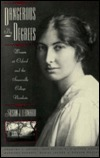
Summary
In 1921, forty-one years after the opening of Somerville and Lady Margaret Hall, the first women's colleges at Oxford, the University finally granted degrees to women. The heated debate leading up to this historic step brought to light male Oxford's fears about the women in their midst. In response to these anxieties, the women's colleges were forced to engage in a delicate balancing act - fulfilling their mission to provide women with the same education available to men and, at the same time, presenting to their public a face and a rhetoric that did not appear to challenge traditional gender ideology.
Dangerous by Degrees vividly describes and analyzes women's experience at Oxford shortly before and after the First World War. The Somerville experience, in its simultaneous rejection and embrace of women's traditional place, stands as a prototype of the ambivalent, confusing, and conflicted stories which the women who lived that experience subsequently tell in their fictions. Dorothy L. Sayers, Muriel Jaeger, Doreen Wallace, Margaret Kennedy, Winifred Holtby, and Vera Brittain - all students at Somerville between 1912 and 1922 - attempted to insert this new species, the woman with an Oxford degree, into their novels. Susan J. Leonardi devotes chapters to each of these novelists and examines the ways their fictions attempt, with varying degrees of success, to accommodate this new and discordant figure of the educated woman. Such strategies as Sayers's remaking of the popular genre of detective fiction, Jaeger's use of parable, Kennedy's indirect narrative, and Holtby's systematic elimination of men from her texts must be read, Leonardi argues, in the context of these women's attempts to reconcile traditional literary and ideological plots with a figure whose very existence and experience has the power to call them into question and the potential to usurp them. Leonardi, a novelist herself, deftly and sensitively traces these conflicts and analyzes these writers' attempts to resolve them. In so doing, she also provides a lively and detailed picture of the effects of social change on one group of women writers.
Similar Books
-
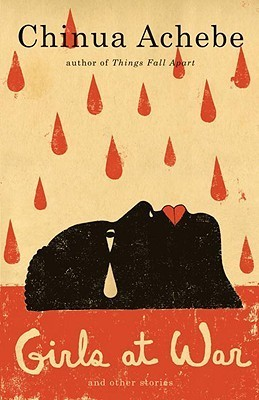 Girls at War and Other Stories
Girls at War and Other Storiesby Chinua Achebe
-
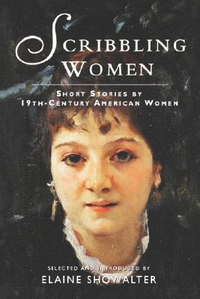 Scribbling Women: Short Stories by 19th-Century American Women
Scribbling Women: Short Stories by 19th-Century American Womenby Elaine Showalter
-
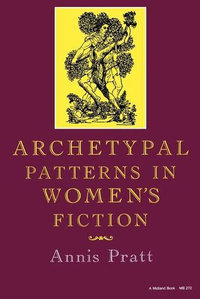 Archetypal Patterns in Women's Fiction
Archetypal Patterns in Women's Fictionby Annis Pratt
-
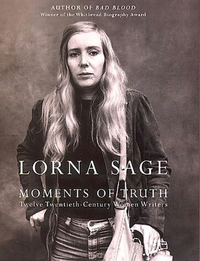 Moments of Truth: Twelve Twentieth-Century Women Writers
Moments of Truth: Twelve Twentieth-Century Women Writersby Lorna Sage
-
 Fresh Men 2: New Voices in Gay Fiction (Fresh Men)
Fresh Men 2: New Voices in Gay Fiction (Fresh Men)by Donald Weise
-
 Frankenstein's Daughters: Women Writing Science Fiction
Frankenstein's Daughters: Women Writing Science Fictionby Utopian and Science Fiction by Women Jane L. Donawerth
-
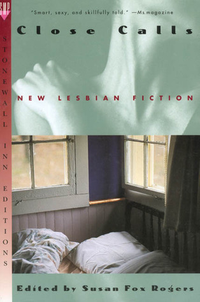 Close Calls: New Lesbian Fiction
Close Calls: New Lesbian Fictionby Susan Fox Rogers
-
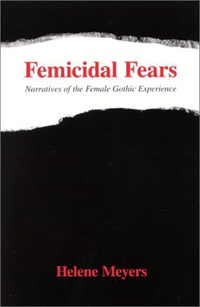 Femicidal Fears: Narratives of the Female Gothic Experience
Femicidal Fears: Narratives of the Female Gothic Experienceby Helene Meyers
-
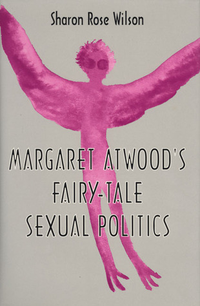 Margaret Atwood's Fairy-Tale Sexual Politics
Margaret Atwood's Fairy-Tale Sexual Politicsby Sharon Rose Wilson
-
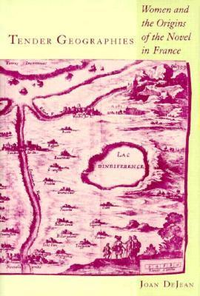
-
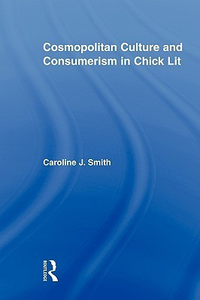 Cosmopolitan Culture and Consumerism in Chick Lit
Cosmopolitan Culture and Consumerism in Chick Litby Caroline J. Smith
-
 Utopian and Science Fiction by Women: Worlds of Difference
Utopian and Science Fiction by Women: Worlds of Differenceby Jane L. Donawerth
-
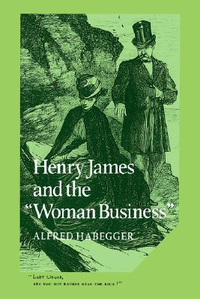 Henry James and the 'Woman Business'
Henry James and the 'Woman Business'by Alfred Habegger
-
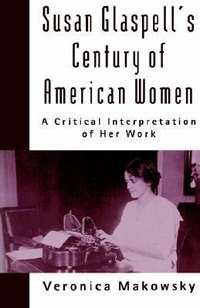 Susan Glaspell's Century of American Women: A Critical Interpretation of Her Work
Susan Glaspell's Century of American Women: A Critical Interpretation of Her Workby Veronica Makowsky
-
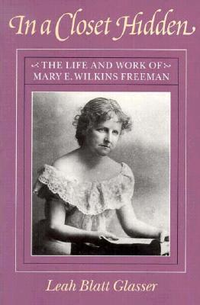 In a Closet Hidden
In a Closet Hiddenby Leah Blatt Glasser
-
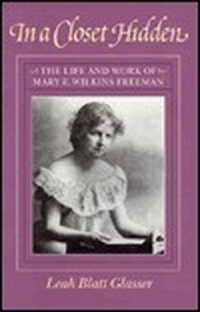 In a Closet Hidden: The Life and Work of Mary E. Wilkins Freeman
In a Closet Hidden: The Life and Work of Mary E. Wilkins Freemanby Leah Blatt Glasser
-
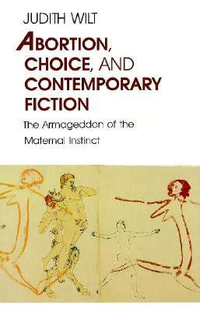
-
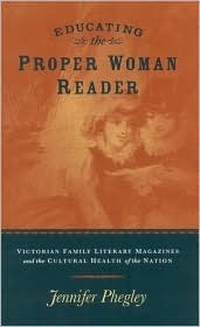
-
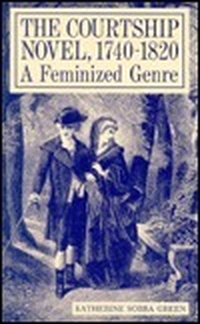 The Courtship Novel, 1740-1820: A Feminized Genre
The Courtship Novel, 1740-1820: A Feminized Genreby Katherine Sobba Green
-
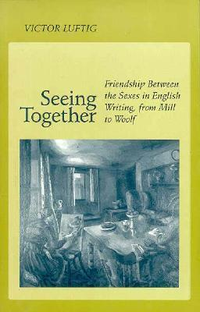
-
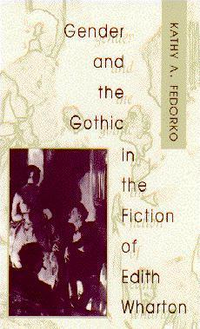 Gender and the Gothic in the Fiction of Edith Wharton
Gender and the Gothic in the Fiction of Edith Whartonby Kathy A. Fedorko
-
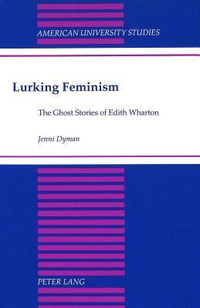 Lurking Feminism: The Ghost Stories of Edith Wharton
Lurking Feminism: The Ghost Stories of Edith Whartonby Jenni Dyman
-
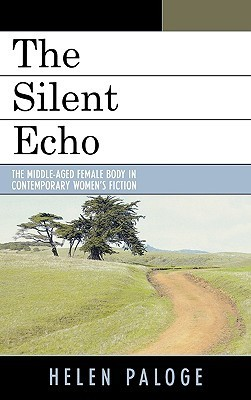
-
 The Senegalese Novel by Women: Through Their Own Eyes
The Senegalese Novel by Women: Through Their Own Eyesby Susan Stringer O'Keeffe
-
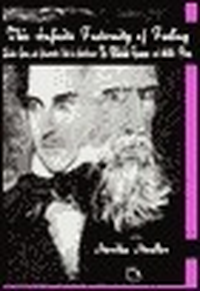
-
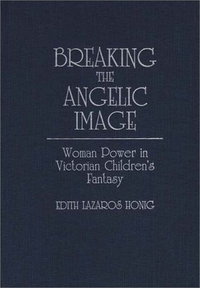 Breaking the Angelic Image: Woman Power in Victorian Children's Fantasy
Breaking the Angelic Image: Woman Power in Victorian Children's Fantasyby Edith Lazaros Honig
-
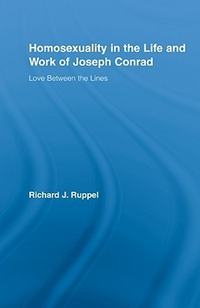 Homosexuality in the Life and Work of Joseph Conrad: Love Between the Lines
Homosexuality in the Life and Work of Joseph Conrad: Love Between the Linesby Richard J. Ruppel
-
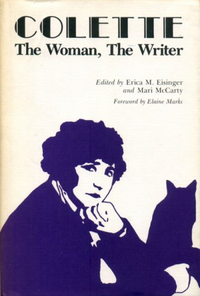 Colette: The Woman, the Writer
Colette: The Woman, the Writerby Eisinger
-
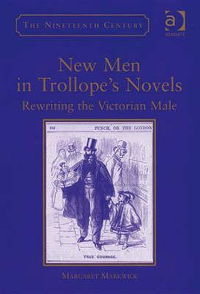 New Men in Trollope's Novels: Rewriting the Victorian Male
New Men in Trollope's Novels: Rewriting the Victorian Maleby Margaret Markwick